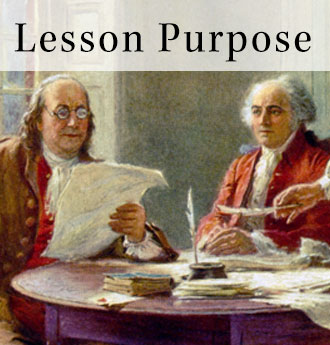Lesson 14: How Did the Framers Resolve the Conflict between the Northern and Southern States?
Three-Fifths Compromise (Video)
One of the most morally reprehensible passages in the original Constitution was the Three-Fifths Compromise, which counted enslaved people for purposes of representation, not to protect the interests of the enslaved people, but to advance the interests of the slaveholders. Here's how it happened: the Framers of the Constitution agreed that there should be proportional representation in the House of Representatives, but disagreed on whether to count enslaved people for purposes of representation. Southern states held many enslaved people in bondage, but Northern states held few. The two sides came to a compromise: they would count three out of every five enslaved people, hence the term "Three-Fifths Compromise." Sadly, this would remain in the Constitution until the ratification of the Fourteenth Amendment in 1868.
The Fugitive Slave Clause (Video)
The fugitive slave clause was another compromise the Framers of the Constitution made to ensure that the Southern states would ratify the Constitution. This clause required that enslaved people who escaped be returned to the person who claimed them. This applied even to states where slavery would be outlawed, which would later stoke the outrage of abolitionists and raise tension between the North and the South.




